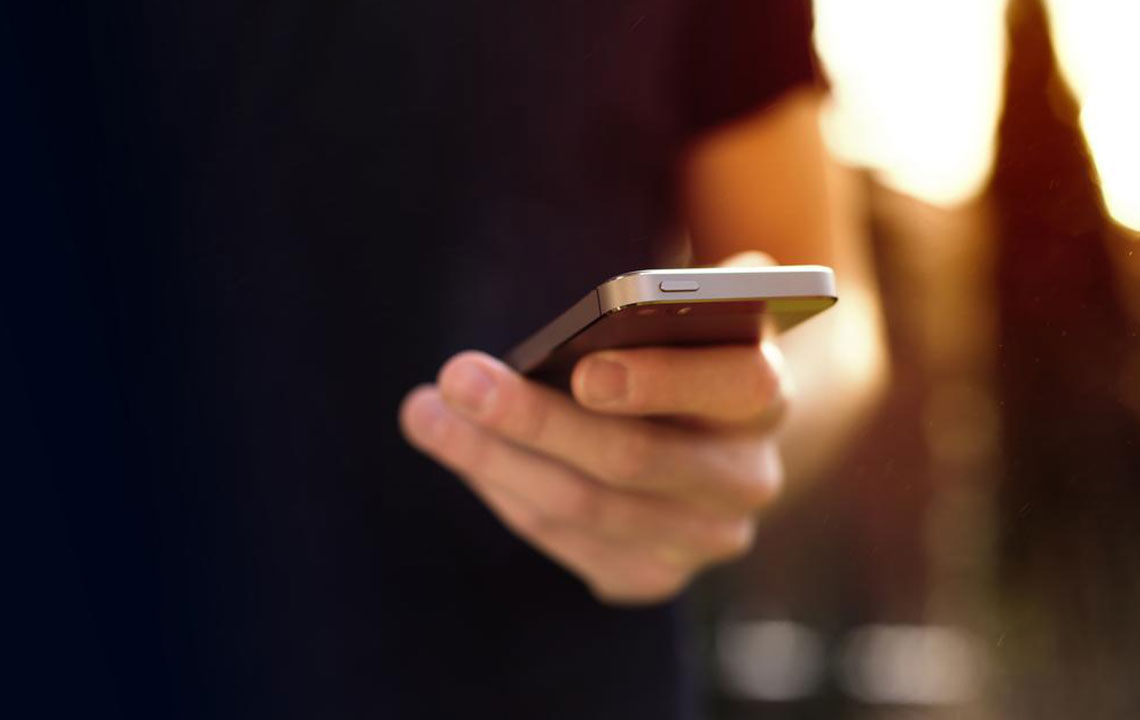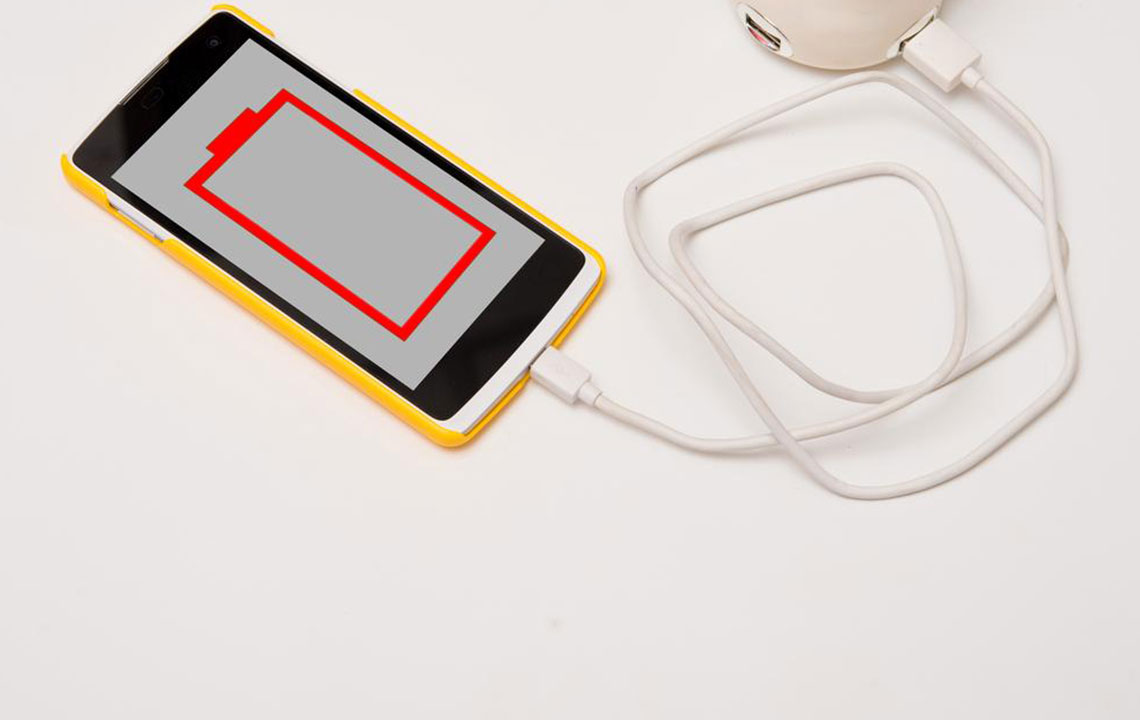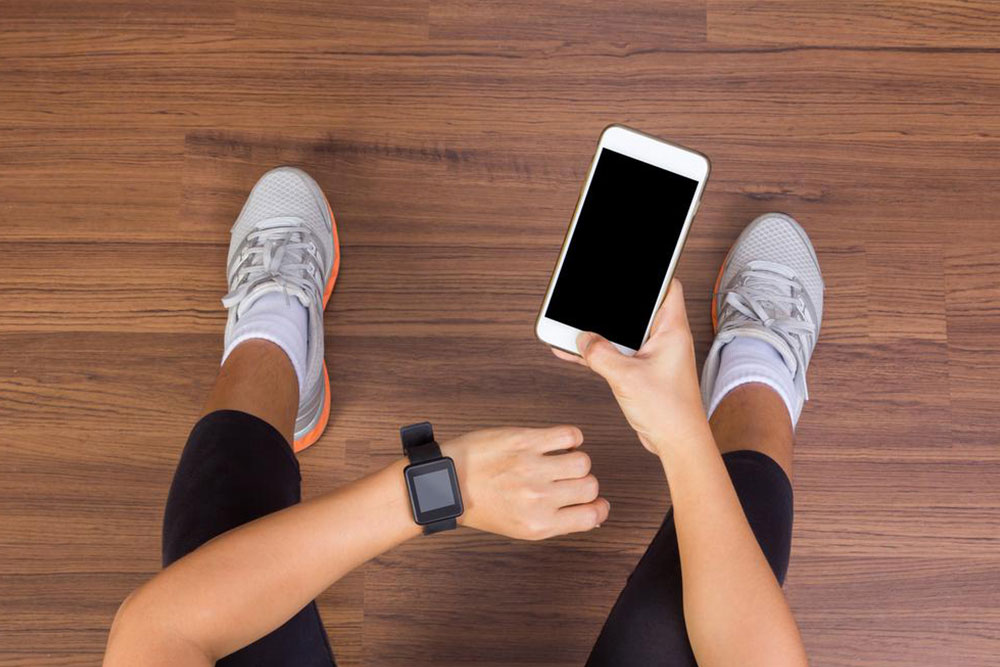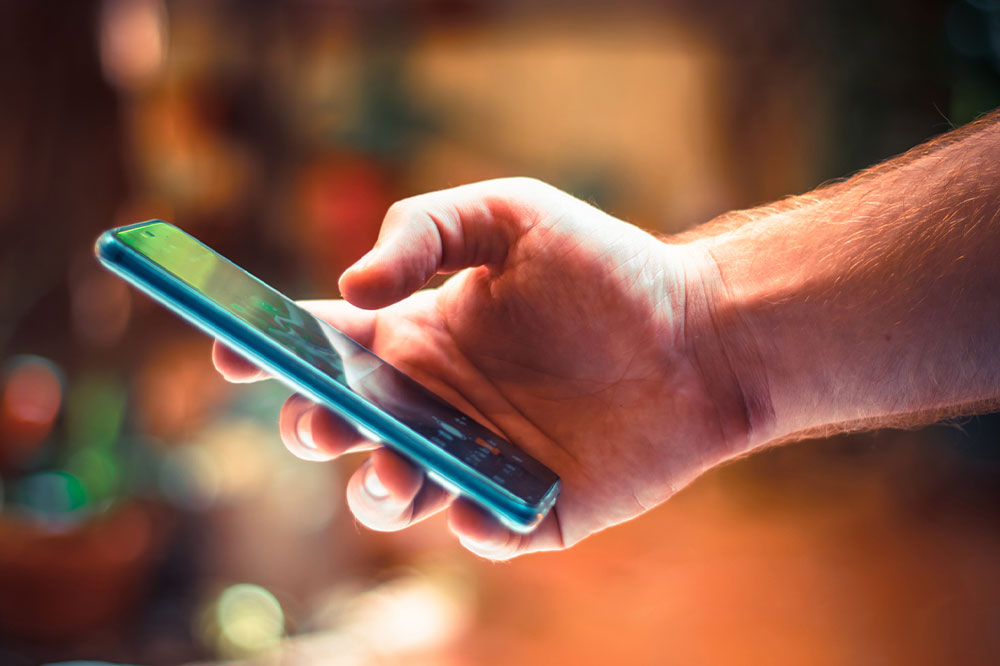Comprehensive Guide to the Federal Lifeline Assistance Program: Free Phones and Connectivity for All
The Federal Lifeline Assistance Program provides free cell phones and discounted monthly services to low-income Americans, helping bridge the digital divide. This comprehensive guide explores eligibility, benefits, and how to apply, emphasizing the importance of connection for personal and professional life. Learn how this vital program supports digital inclusion, public safety, and economic mobility, ensuring everyone has access to essential communication tools in today's connected world.

Comprehensive Guide to the Federal Lifeline Assistance Program: Free Phones and Connectivity for All
In the rapidly evolving digital era, staying connected through a mobile phone has become more than just a convenience—it's a necessity. Whether it's searching for jobs, accessing emergency services, maintaining relationships, or managing daily activities, mobile communication plays a crucial role in modern life. However, for many individuals and families facing financial hardships, owning a reliable cell phone and maintaining consistent service can be a significant challenge. Recognizing this critical need, the U.S. government has established the Lifeline Assistance Program, a federal initiative designed to provide free cell phones and affordable monthly service plans to eligible low-income households.
The Lifeline Assistance Program aims to bridge the technology gap by making communication tools accessible to all Americans, regardless of economic status. This program primarily targets individuals who are enrolled in qualifying benefit programs such as Medicaid, food stamps (SNAP), Supplemental Security Income (SSI), or housing assistance. By subsidizing the cost of basic wireless services, the program ensures that vulnerable populations retain the ability to stay connected with family, employers, healthcare providers, emergency responders, and government agencies.
Participants in the Lifeline program typically receive a free cell phone, which comes with a set amount of talk time (usually around 250 minutes per month), text messaging, and data. While the plan offerings can vary depending on the provider and state-specific regulations, the standard package is designed to meet essential communication needs without incurring out-of-pocket expenses. In addition to free phones, the program also offers discounted monthly service plans, making it an indispensable resource for millions of Americans who might otherwise be cut off from the digital world.
Initially, the Lifeline Assistance Program was created to support landline telephone services aimed at rural and underserved communities. Over the years, however, the scope of the program expanded significantly to accommodate the widespread adoption of mobile wireless technology. Now, Lifeline primarily focuses on mobile phones and cellular service. This transition reflects the increasing reliance on mobile devices as primary communication tools and the necessity for affordable access in the digital age.
Q Link Wireless, one of the leading providers participating in the program, offers plans that include 350 minutes of talk time, 500MB of data, and unlimited texting each month. The coverage provided by these phones ensures reliable network connectivity across most regions of the United States, including rural and underserved urban areas. Qualification for the Lifeline program depends on income levels or participation in other federal assistance programs such as Medicaid, Supplemental Nutrition Assistance Program (SNAP), Housing Choice Voucher Program, or Supplemental Security Income (SSI). This broad eligibility helps ensure that assistance reaches those who need it most, reducing the digital divide across communities.
Beyond the obvious economic benefits, the Lifeline program promotes digital inclusion, enhancing the ability of low-income families to access online resources, job opportunities, educational content, and government services. It also plays a vital role in ensuring public safety; having a working phone enables individuals to contact emergency services promptly and stay informed during crises.
In recent years, the Federal Communications Commission (FCC), the agency responsible for overseeing Lifeline, has implemented reforms to enhance program integrity and reduce fraud. These measures include stricter eligibility verification processes and increased transparency in provider operations. Despite these challenges, the program remains a critical lifeline for millions of Americans, supporting their social, economic, and health-related needs.
If you believe you qualify or are interested in applying for the Lifeline Assistance Program, you should start by checking your eligibility through the official FCC website or contacting approved service providers like Q Link Wireless, Assurance Wireless, or Safelink Wireless. The application process typically involves submitting proof of benefit participation or income documentation, after which you can receive your free device and services. Many providers also offer assistance in understanding the program's benefits and navigating the application steps.
In summary, the Federal Lifeline Assistance Program represents a vital effort to ensure equitable access to communication technology for all Americans. As digital connectivity becomes indispensable for participation in modern society, programs like Lifeline play a crucial role in reducing disparities, promoting social inclusion, and fostering economic mobility. By providing free cell phones and affordable service plans, the program empowers low-income individuals to stay connected, informed, and engaged in their communities.





